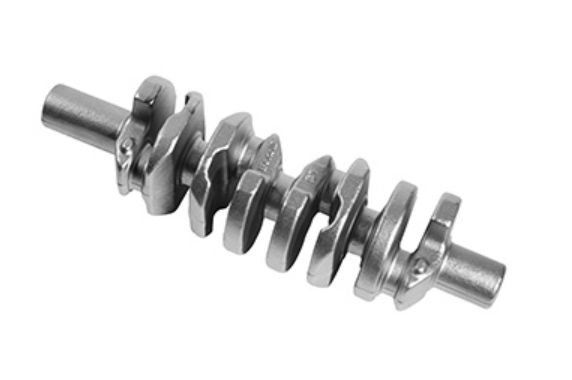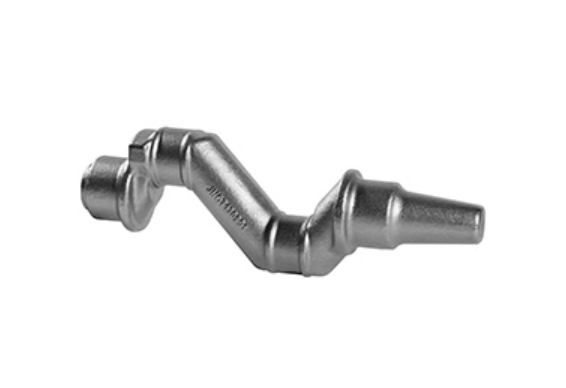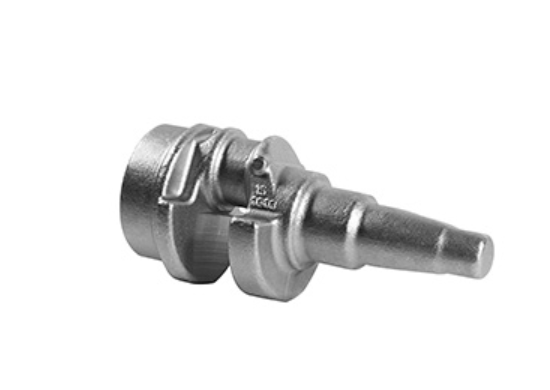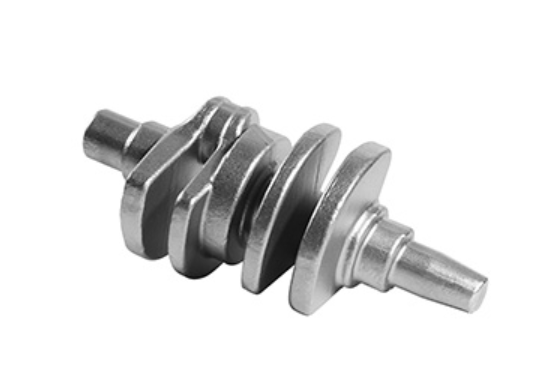Key Specifications / Features
Tags
Detail Information
Advantages of Forged crankshaft
1、 High strength
Forged crankshaft is a high-strength component that needs to withstand the high pressure and high speed generated by vehicle engines. This high strength is due to the fact that the forged crankshaft undergoes multiple heat treatments and thermal deformation processes during the manufacturing process, resulting in refined grain size, improved mechanical properties, and better durability.
2、 Fatigue resistance
Forged crankshaft has certain elasticity and crack resistance, and is not easily broken during long-term high-speed rotation. Therefore, forged crankshafts have excellent wear resistance and durability in high frequency and high speed working environments.
3、 Wear resistance
Forged crankshafts are usually made of high-strength alloy steel, and their surfaces are usually processed by heat treatment, hardening treatment, and other processing methods to improve their wear resistance. This wear resistance can effectively reduce crankshaft wear during prolonged high-speed rotation, while also enabling the vehicle to better adapt to various working environments.
Raw Material for forged crankshaft.
1、 Material type of forged crankshaft
Forged crankshaft is an important component of an engine that requires high strength, wear resistance, and durability. Common forged crankshaft materials include carbon steel, alloy steel, and cast steel. Among them, carbon steel has low strength and is prone to fatigue cracks, making it unsuitable for long-term usage under high loads, while alloy steel has high strength but is prone to deformation and cracking, and has a high cost. It is generally used for high-performance vehicle models. Therefore, most engines use cast steel for forged crankshafts.
2、 Common materials for forged crankshaft
2.1. SAE1045 steel: It is carbon structural steel, which has high hardness and strength, cheap, and is widely used in ordinary engines.
2.2. ASTM5140/40Cr steel: It is alloy structural steel, with the addition of Cr element, which can improve hardness and strength, and has good ductility. It is suitable for mid to high level engines.
2.3. ASTM4135/35CrMo steel: It is alloy structural steel, added with Cr and Mo elements, and has excellent mechanical properties and heat treatment performance, suitable for high-performance engines.
3、 Which brand of material is better to choose?
The selection of forged crankshaft material grades requires consideration of various factors, such as engine model, load, operating environment, etc. Generally speaking, for ordinary household vehicles, 45 steel is sufficient; For high-performance engines, it is recommended to use alloy steel materials such as ASTM4135/35CrMo. In addition, when selecting forged crankshaft materials, it is also necessary to consider the influence of three-dimensional forces to fully ensure the stability and reliability of the engine.
In summary, the material selection of forged crankshafts is an important factor affecting engine performance and lifespan, and selecting appropriate materials can improve engine performance and reliability.
The crankshaft is able to rotate in the engine block due to the 'main bearings'. Since the crankshaft is subject to large horizontal and torsional forces from each cylinder, these main bearings are located at various points along the crankshaft, rather than just one at each end.The number of main bearings is determined based on the overall load factor and the maximum engine speed. Crankshafts in diesel engines often use a main bearing between every cylinder and at both ends of the crankshaft, due to the high forces of combustion present.











